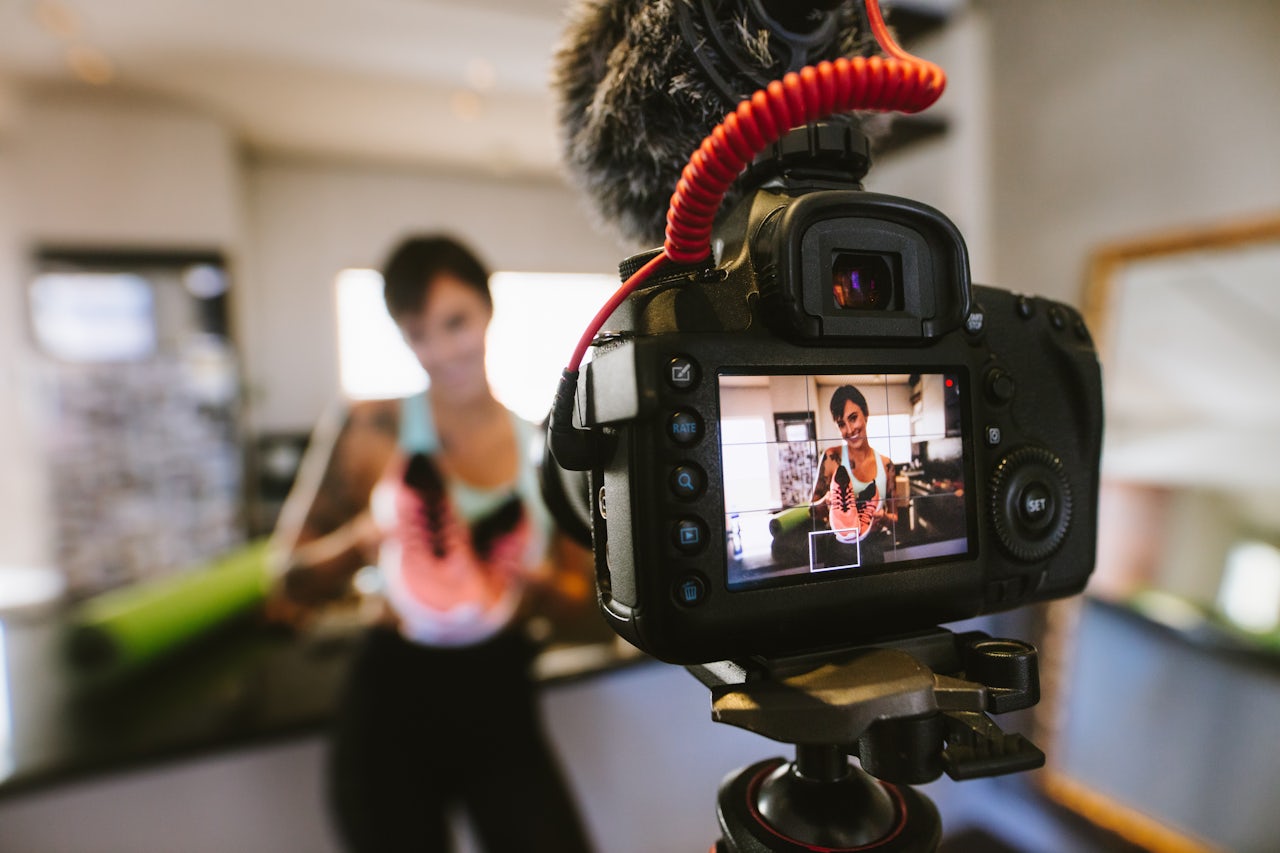Earlier this month, the Federal Trade Commission released a new set of guidelines for how social media influencers should disclose their relationships with the brands who pay influencers for, uh, influence.
The guidelines say all the things you might expect, and they are written at a level wholly appropriate for the target audience (“If you’re paid to talk about a product and thought it was terrible, you can’t say it’s terrific.”). The actual content of the text is really just a repackaging of what the FTC has been saying since 2009, which itself has never been considered by experts to be all that useful. In spite of writing some “warning letters” a couple years back to some celebs (Lindsey Lohan, Vanessa Hudgens — real latter-day icons of youth culture), the FTC has approached enforcing influencer ad violations with the same zeal it shows for going after large corporations, which is to say, with little enthusiasm at all. While these new guidelines are not technically binding, don’t expect the FTC to actually aggressively enforce the new rules.
But the real reason to pay attention to this new how-to for appropriately and ethically shilling for meditation crystals has less to with the guidelines’ text. I’m talking about the three short videos that the FTC released to illustrate what the guidelines actually say.
Starring FTC staff attorney Amber Lee, the clips mostly closely resemble a late-night infomercial: Lee intones about how the need to “stay on the right side of the law,” while the video cycles through of Lee taking selfies near Capitol Hill, Lee speaking to the camera from her desk, and stock photos of influencers. Although nothing Lee says or does is particularly outré, what’s hard to imagine why these videos were made at all. What they speak is to the vibe of futility that has forever from the FTC’s approach to telling influencers how to do advertising ethically.
Where the disclosure brochure itself avoids using words like “tips” (one mention) or “advice” (no mentions) — which would signal to the audience the non-binding nature of the guidelines — the videos are upfront about it; they are quite literally titled “Advice for Social Media Influencers.” The longest of the three videos, in fact, has a cigarette warning-like white box that overlays the rest of the video, offering “some tips to comply with the law.” Though the brochure and FTC press releases might have you believe that the FTC takes this stuff seriously, the videos make it fairly easy to see why not many people take the FTC seriously.
After all, rather than “superimpose” an advertising on an influencer’s video, as Lee suggests, the more [common] (https://www.instagram.com/p/B5In4jbj6su/?utm_source=ig_web_copy_link) practice (frowned upon by the FTC) remains just marking a post with not-so-visible #partner or #ad in the caption. But a more persuasive piece of evidence might just be the limited impact of these videos in the first place, despite the emphasis put on “accessibility” by the FTC when the new guidelines were released. Since they were uploaded on November 5, more than two weeks ago, the three videos have racked up fewer than 5,000 videos. Rough.
